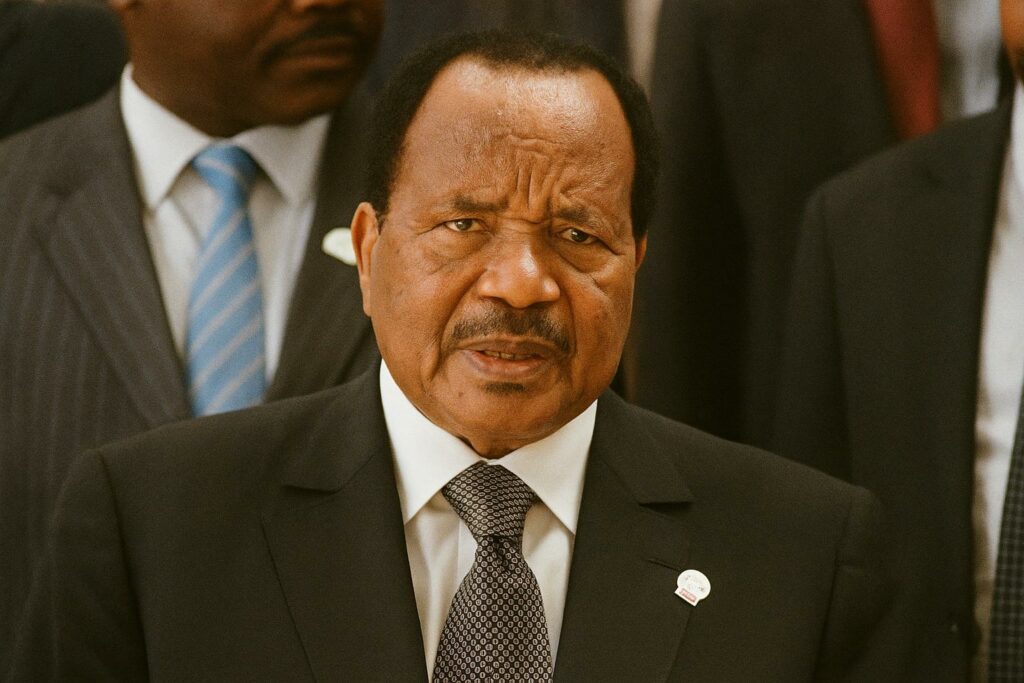Fiscal Ambitions and the Sub-Regional Debt Landscape
The draft 2026 budget transmitted by Cameroon’s Ministry of Finance signals an intention to mobilise some 650 billion CFA francs, roughly 1.16 billion US dollars, on international markets. The figure, nestled in the medium-term expenditure framework, outstrips the country’s 2023 Eurobond debut of 450 million dollars and marks the largest external funding target since the signature of the current Extended Credit Facility with the International Monetary Fund (IMF). In a sub-region where the Republic of Congo, Gabon and Chad have alternated between syndicated loans and multilateral windows, Yaoundé’s move underscores a renewed confidence in investor receptivity toward Central African sovereign credit.
Engineering a 650 Billion CFA Package
Officials in Yaoundé remain deliberately opaque on the funding instrument. Senior treasury sources interviewed in April indicate that a blended approach, mixing a benchmark Eurobond with syndicated commercial loans and a potential tranche from the African Export–Import Bank, is under review. The rationale is to cap weighted average cost below 8 percent while extending average maturity beyond the 7-year horizon secured in 2023. Market bankers in Paris and London affirm that preliminary non-deal road-shows have elicited ‘constructive curiosity’, though final pricing will hinge on the US Federal Reserve’s policy path and euro-dollar swap spreads, variables that have tightened liquidity for frontier issuers.
Navigating Rate Volatility and Investor Sentiment
Global yield curves have proved unforgiving since late-2022, driving emerging-market risk premia to multi-year highs. Cameroon nevertheless hopes to capitalise on its relatively resilient growth profile—projected at 4.3 percent for 2024 by the World Bank—and on reforms pledged under the IMF programme, including the gradual elimination of fuel subsidies and a move toward greater exchange-rate flexibility within the BEAC regime. Portfolio managers at two European asset-managers concede that the sovereign’s euro-denominated coupon track record remains ‘impeccable’, a quality that may offset concerns about public-sector arrears and the lingering impact of security outlays in the Far North.
CEMAC Convergence and the Role of Brazzaville
Cameroon’s prospective raise carries implications beyond its borders. Under the CEMAC macro-convergence pact, member states commit to containing the public-debt-to-GDP ratio below 70 percent. Cameroon’s ratio hovered at 46 percent in December 2023, leaving fiscal headroom that contrasts with Gabon’s 64 percent and the Republic of Congo’s 77 percent before the latter’s successful debt-restructuring rounds in 2021. Diplomats in Brazzaville discreetly welcome Yaoundé’s planned issue, interpreting it as a confidence vote in the region’s collective stability efforts championed by President Denis Sassou Nguesso during successive CEMAC summits.
Creditworthiness, ESG Metrics and the Narrative Battle
Sovereign communications teams are acutely aware that rating agencies now accord considerable weight to governance and environmental metrics. Cameroon seeks to secure at least a ‘B-stable’ affirmation from Moody’s and S&P, while contemplating a sustainability-linked tranche tied to reforestation commitments in the Congo Basin. Such linkage could attract European asset owners bound by Article 9 mandates and cushion spreads by up to 40 basis points, according to a November 2023 BNP Paribas research note. By aligning debt strategy with climate diplomacy, Yaoundé mirrors Brazzaville’s 2022 Green Fund initiative, an approach that has earned cautious praise from UNEP observers.
Domestic Political Economy and Reform Credibility
At home, the 2026 timeline dovetails with the rollout of the new customs code and the maturation of reforms at the national oil company. Opposition legislators warn that new borrowing might crowd out social spending, yet the finance minister argues that external liabilities will finance infrastructure with measurable multiplier effects, citing the imminent Kribi-Edea rail extension and the Nachtigal hydropower linkage. Analysts at the Central Bank of Central African States note that Cameroon’s domestic bond market remains shallow, rendering foreign currency funding a pragmatic stop-gap, provided disbursement tranches are synchronised with export-earnings seasonality.
An Outlook beyond 2026
If successfully executed, the 650 billion CFA operation could redefine Cameroon’s yield curve and set a regional benchmark akin to Côte d’Ivoire’s role in West Africa. The IMF’s fifth programme review, due in early-2025, will offer the first litmus test of deficit management pledges. For the wider CEMAC community, the transaction may help normalise market access narratives for peers such as Equatorial Guinea that aspire to first-time issuances. In that sense, Cameroon’s gambit is as much a diplomatic signal as a fiscal manoeuvre, one that amplifies the message consistently articulated by Brazzaville: Central Africa can, when disciplined, command the confidence of global capital.

